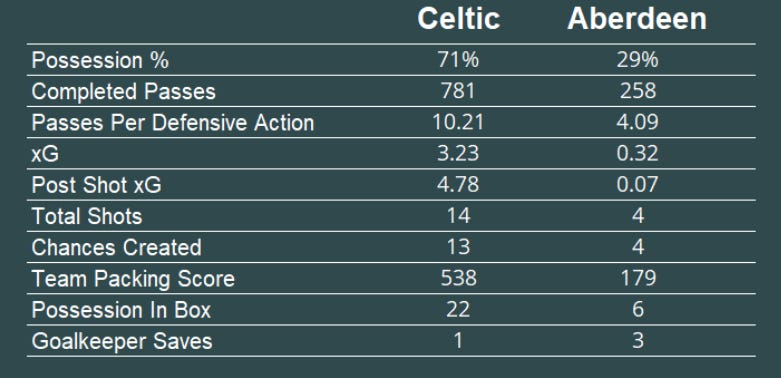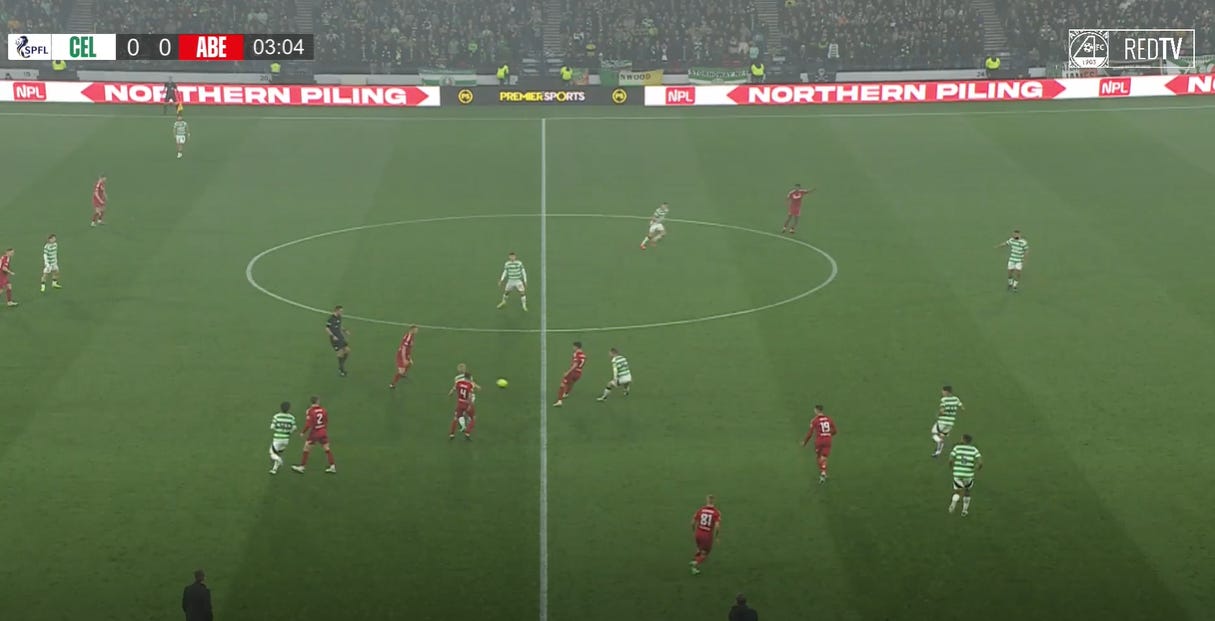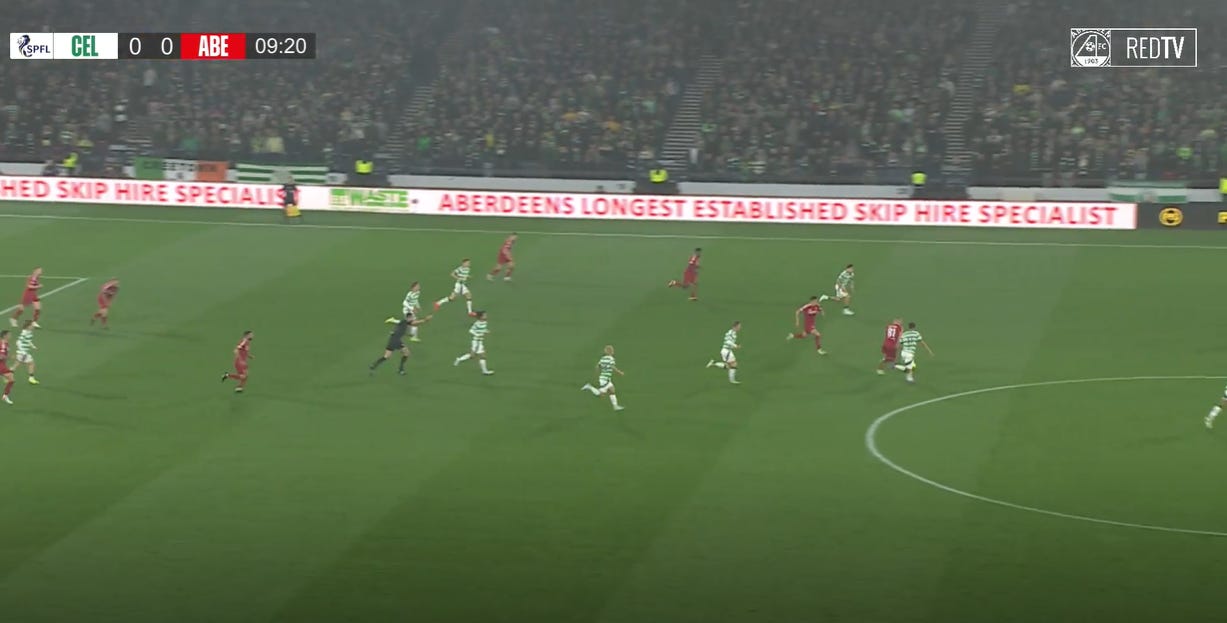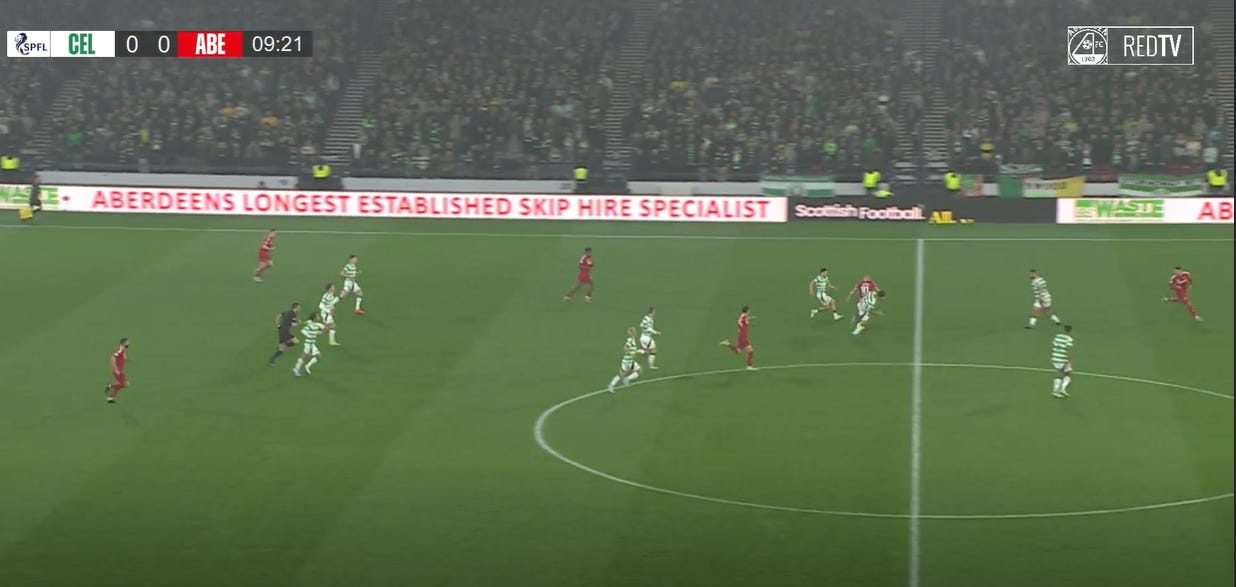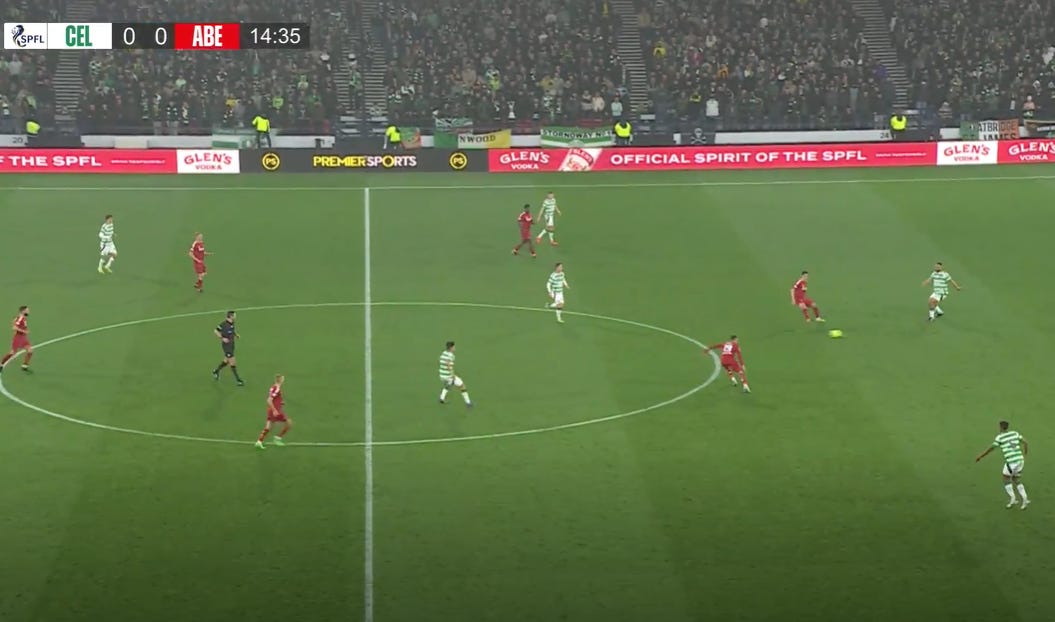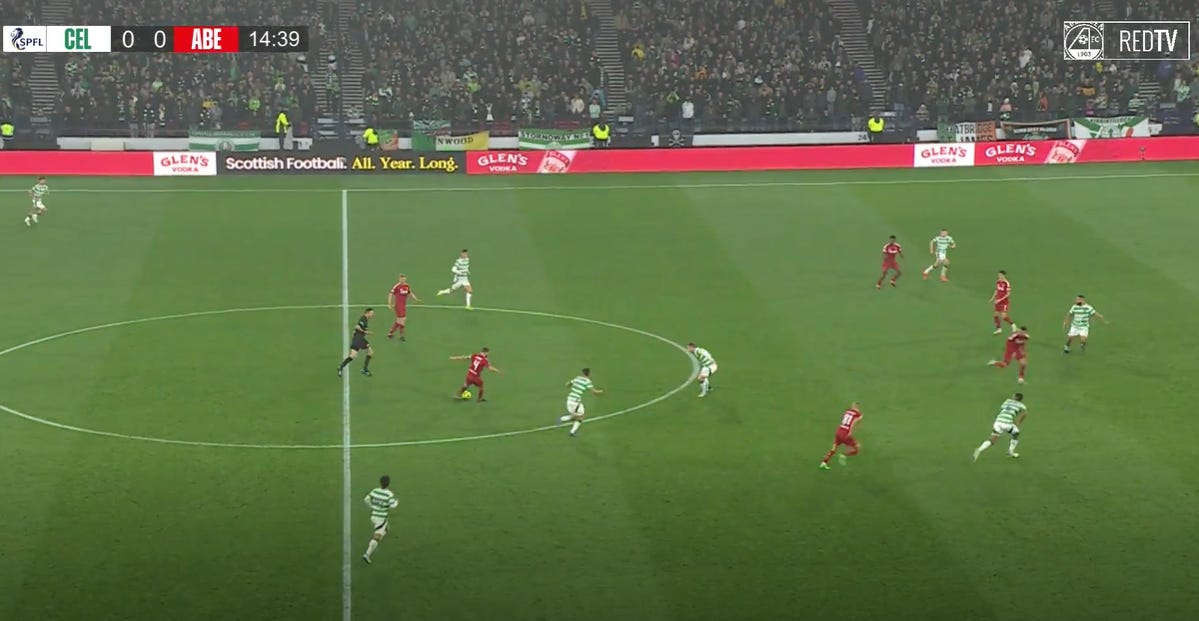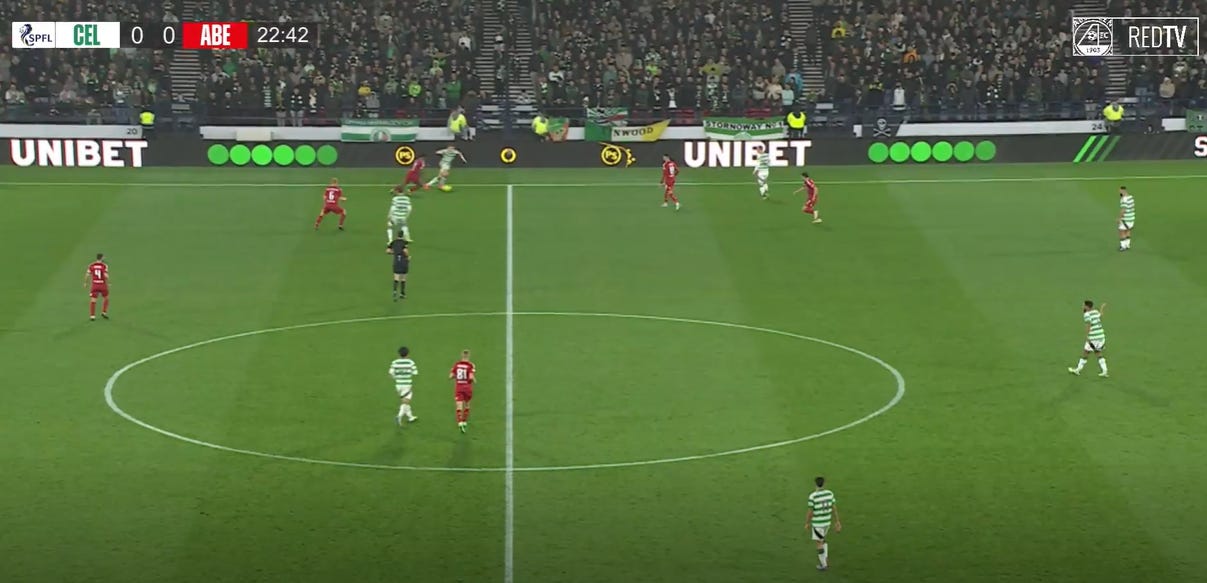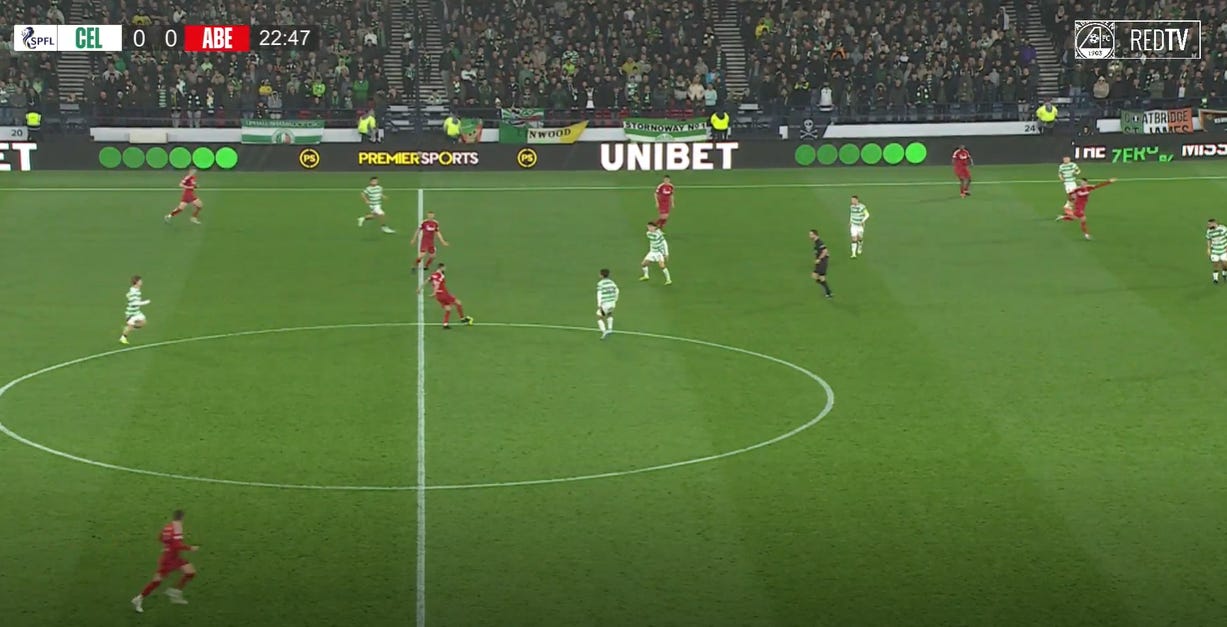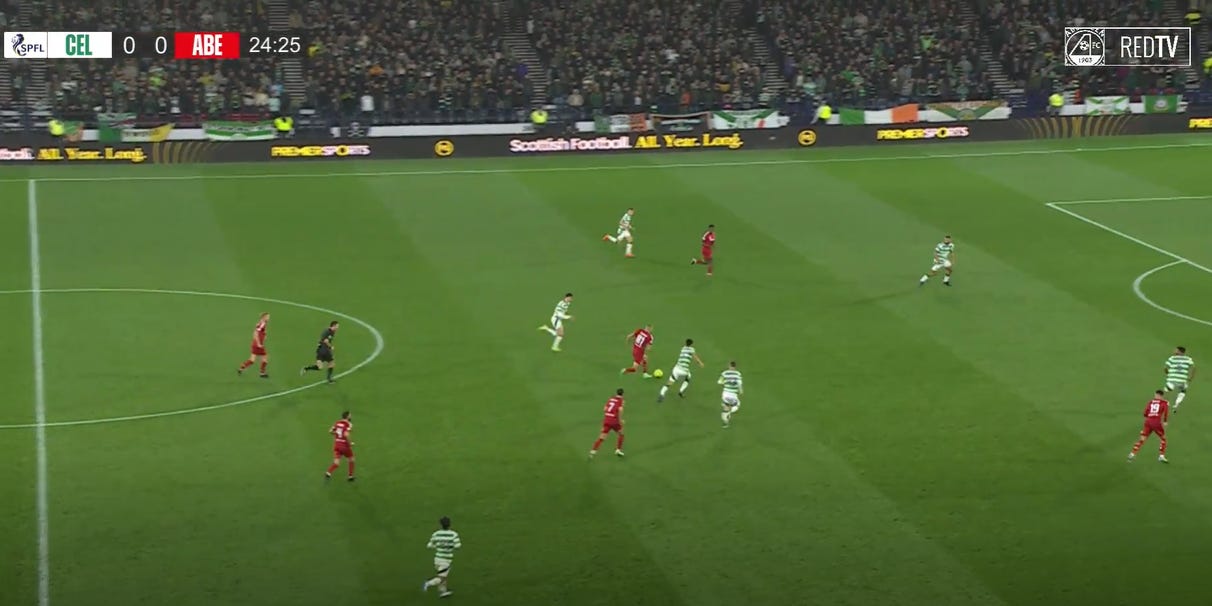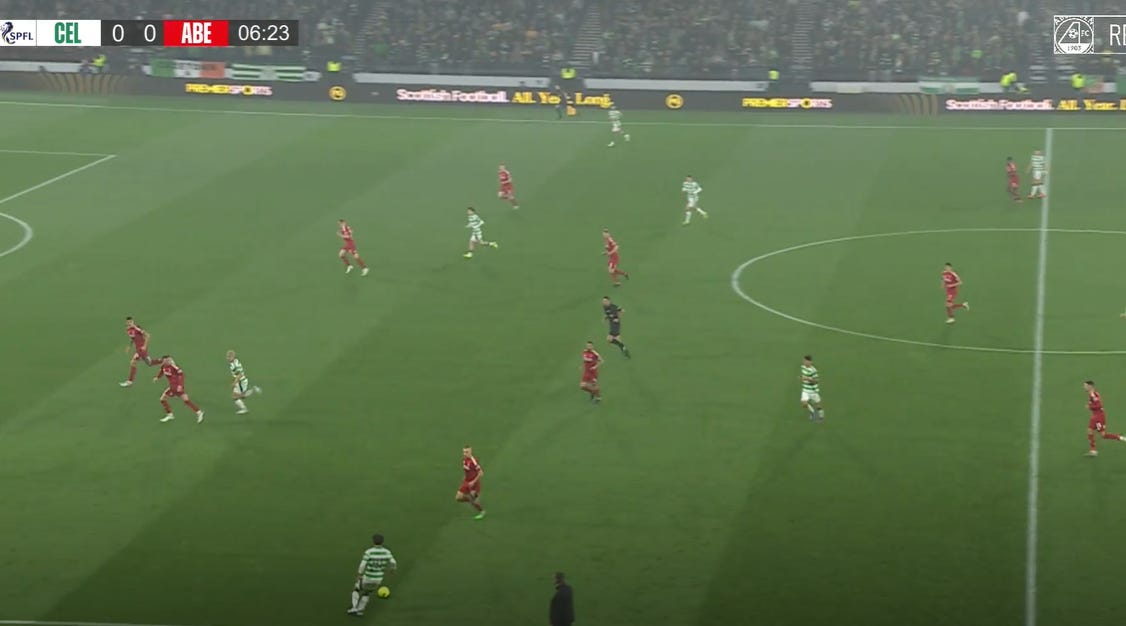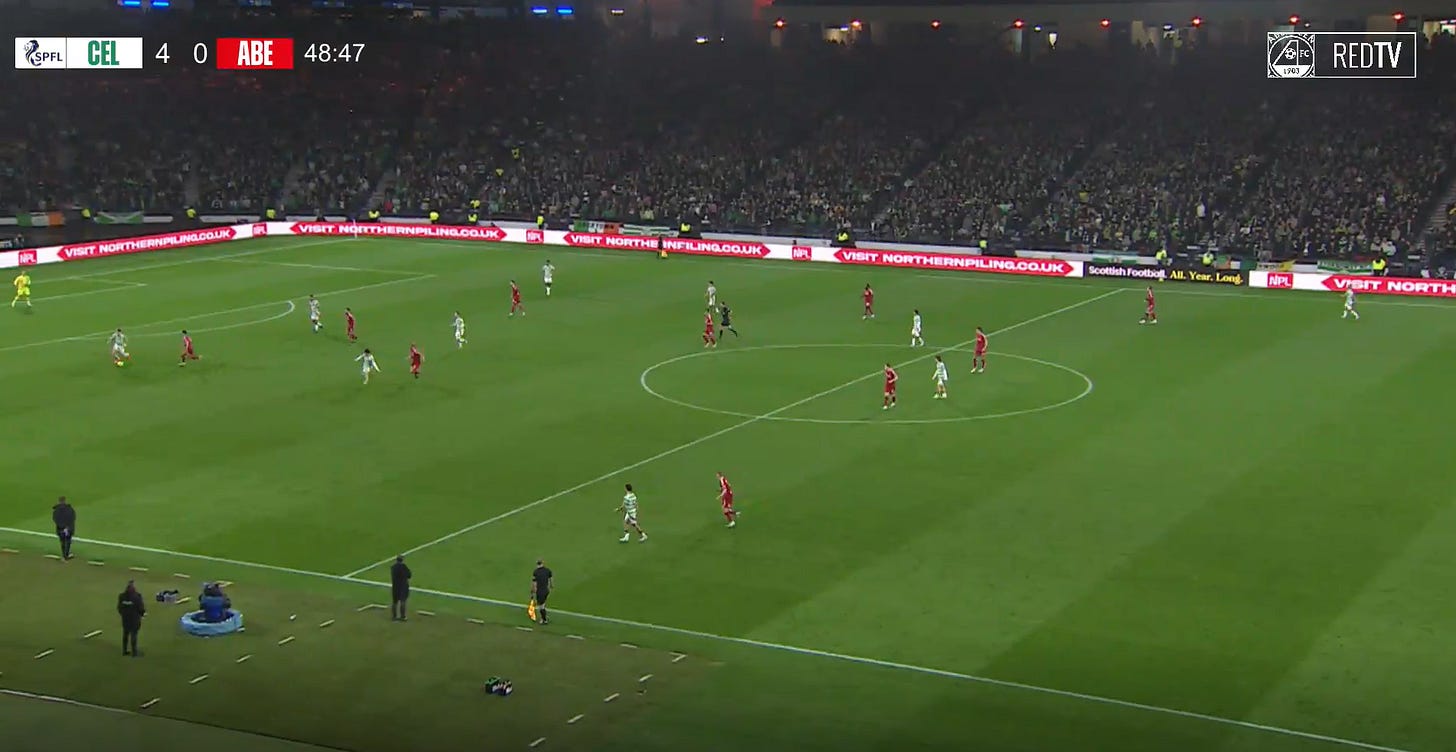Ok then. Where do we start with this one?
Well, we knew this day was coming, and probably that it might have been this day, exactly. Still, a 6-0 defeat is embarrassing, dis-heartening and, frankly, all too familiar against this opponent. There were mitigating circumstances, both in the short-term energy extended and the long-term challenges we are all too familiar with, but I agree with the manager: No excuses. Let’s take some collective accountability.
How do you assess a performance?
The goal of these debriefs, and the website/newsletter/publication in general is to try and understand why certain things happen in a game, identify common themes in the playing style that can indicate future behaviour and flag-up some potential concerns.
In that regard, I hope to try and separate results from performances, to write about triumph and disaster, and treat those two imposters just the same, but that’s not always easy. This is a results business. Sometimes the long-term concerns needs to be shoved aside for short-term joy. And sometimes, Aberdeen are going to win games, they probably don’t deserve to. It doesn’t make it any less sweeter.
In that context though, Wednesday night was particularly impressive, as it was no smash and grab, no lucky win. It was, despite Phillipe Clement’s protestations (no pun intended), a well-earned victory. I’d love dearly for the Dons to do the same with Celtic. To go toe-to-toe with and beat them in every conceivable metric as well, but the reality is that that’s unlikely to happen anytime soon. And so, Jimmy needs to try and find a way to win. He gave it a go on Saturday and he got beat 6-0. Two weeks before, he did similar and got a famous comeback. Them’s the breaks.
Nerd Corner
From a pure data perspective this was not as bad a performance as the result suggested, in the same way the 2-2 was an over-performance. If you look at the two games data wise and had to tell what was the 2-2 game versus the 6-0 game you might find it hard to tell which was which. Actually, take a look below and you tell me? All data provided via Alan Morrison of The Huddle Breakdown.
Not easy right. The 6-0 is top, the 2-2 is bottom. Data doesn’t tell the whole story, there’s additional context and game dynamics that need to be considered and I’m not diminishing the performance in the league match as that showed a lot of bravery and character but really to illustrate the point that sometimes things can go very wrong and sometimes things can go very right and that reality is probably somewhere in the middle. Celtic are probably two to three goals better than Aberdeen based on having a better squad and a good coach with a well-established style of play and that’s just the harsh reality right now.
A Game of Two Half-Hours
I’ve made the decision to look at the first hour of this game. I’m not sure the last thirty minutes provide for too much insight at least from an Aberdeen perspective. They had emotionally, mentally and physically emptied the tank, and I’m not even sure Celtic were going at their full-intensity either and were just happy to play keep ball. So we’re really looking at two 30min periods, give or take.
The first: Aberdeen 0 Celtic 0. The second: Aberdeen 0 Celtic 5.
So was it as bad as it looked and felt? Well, yes in some ways. But I don’t think we need to throw the baby out with the bathwater just yet.
What we looking at?
I could spend a lot of time on this game, more than is humanly possible but people have lives to get on with and I have some sleep to get. I think there has been plenty of dissection of the goals conceded in the coverage of the game on the TV, the radio and on social media. I think we can all see there were some glaring errors, and some bad decisions made. I’m going to wake up in my sleep sweating about what is going on with Mitov and MacKenzie for that second goal.
The topic, and one which presents some positives but also a lot of concerns was how Aberdeen tried to press Celtic and how Celtic manipulated this to their advantage.
Aberdeen Pressing
In terms of pressing, Thelin went for an aggressive line, duplicating the plan in the second half at Parkhead. It was a 4-4-2 but at times, morphed into 4-2-4. And you know what, it wasn’t terrible at least to begin with. If we consider the aim was to try and disrupt the play, win the ball back and attack quickly, Aberdeen managed to gain turnovers as we shall see below.
Not all of these examples are Aberdeen winning the ball high up the field. We have a mix of winning deeper through clogging the midfield and higher, when Celtic are trying to build out of the back.
Here’s an example after only 3 minutes.
The Dons force the turnover in the middle of the park and there’s an option to try and play Duk in behind. Nilsen takes a touch but Maeda is right on top of him.
Celtic win the ball back and can counter, which led to Engels shot over the bar. Straight away, you can see the potential risk and reward.
Just after 9 minutes, an attack was stopped and with a couple of passess Keskinen had a run at Celtic who had numbers committed higher up the field.
Yet there was no through pass to the waiting Sokler and the recovering Celtic players win it back.
It’s not fair to see this was just a bad decision, it's important to acknowledge the work-rate and athleticism of the Celtic players. But we can see here that some of the conditions to spring attacks that were being created were not being capitalised on. A minute later Molloy won it back and played early to Sokler but nothing came of it.
On 14 minutes, Sokler is able to cut out Carter-Vicker’s pass. This is the Dons pressing high. Yes, there are some red flags on this image too.
Shinnie gets the ball in space at half-way with players making runs.
But his chipped through ball is easy for Carter-Vickers to deal with.
At this point in the RedTV commentary, albeit club media, Rob MacLean says ‘Aberdeen are disrupting constantly.’
22 minutes in, again, pressing leads to a turnover. Again Aberdeen give it away.
Nilsen and Shinnie end up exchanging passes and the Norwegian passes to a Celtic man but you can see the potential pass to Devlin or even Sokler below.
Last one, I promise. Keskinen steals from Valle.
He runs at the Celtic defence but then gets caught before he can play the pass to Duk.
Why were Aberdeen unable to take adavantage of these turnovers?
I think this can be attributed to a few factors.
Bad decision making. At times the pass was forced in behind and given away. In Keskenin’s case he just can’t seem to find that through pass when he gets his head down and running.
Celtic pressure. It’s harder to make a decision when you have less time to think. Celtic squeezed the ball quickly on the counter-press but most of all made great recovery runs
Lack of width on transition. Celtic’s structure in possession saw Keskinen in particular have to go inside with Valle when he tucked in. When Aberdeen won it back, there just wasn’t enough time to get wide quickly and into space and passes just ended up going down Carter-Vicker’s throat.
Match-ups. I think this was a problem all afternoon. Aberdeen did not have enough of an advantage in the wide areas Neither Duk or Keskinen were really able to get away from their man and both struggled in 1v1s, particularly Mr. Lopes. The full-backs were in the same boat and naturally very nervous to get too far forward.
Combinations. There didn’t seem to be a real understanding between the forwards as to where runs should be made and when to go short versus go long. There’s a few situtions in the images above where a man coming towards the ball, may have helped to retain possession and create a good scoring chance. Just like for the second at Parkhead.
Outside of this, Aberdeen were unable to generate any consistent attacks. So we had a series of these fleeting moments which promised something but was never able to materialise into anything more substantial.
Celtic in Possession
There were a number of weaknesses in Aberdeen’s out of possession struture that Celtic were able to expose. Jamie McGrath had two jobs. To try and press the centre-backs when he felt the time was right but to also screen Callum McGregor from picking up the ball. The problem was, that it’s not easy to do two jobs.
See this example below. McGrath is stopping the pass to McGregor but Engels makes the run and it’s a simple drop off to find McGregor who is in lots of space.
And now you can see how easy it is for Celtic to get a player in possession higher up the field. McGregor has Johnston, Kuhm and Hatate too, we can’t see him but he’s probably drifted in behind Shinnie.
Here it is in Gif format.
These movements from Engels and particularly Hatate to drop and recieve from one of the two centre-backs happened so often. Hatate would come in and just switch the point of attack to Carter-Vickers or open up the play himself. See here.
He drops in, dribbles inside and then hits Johnston in space. Shinnie just could not stick close enough to him on a consistent basis.
This is just too easy, both in the amount of time he gets on the ball and the ease in which he can play that forward pass.
As an aside, the Hatate to Carter-Vickers pass is ripe for a pressing trap, given the frequency for which it was completed. Add that to the list of learnings for December, Jimmy.
Moving, just keep Moving
These constant movements, of checking into the ball, recycling it, just made for a difficult afternoon for our two 33-year old midfielders. We also had both players pulling out wide to receive the ball. See Hatate below on the touchline.
This either took the midfielders out of their comfort zone, or in this, case, left the midfielders in space to receive.
Between the Chasms
What became a big issue was the connectivity beween the Aberdeen lines and the collective understanding of when to squeeze the play. The fourth goal is a perfect illustration of this which is shown beautifully with this camera angle.
McGrath, now playing left wing, makes an aggressive effort to win the ball back but Johnston is able to play into the space for Engels who has pealed off Nilsen. The Belgian is able to pass to Kuhn, whose shot is parried into the path of Maeda to tap home.
Some context should be applied. This is just after half-time, the team are probably intent on being on the front foot, trying to make a good start to the half. McGrath is over-eager and doesn’t have support backing him up to make that the right choice.
The shape of the team, however is a total mess with a huge amount of space between the lines. It’s not normally like this, but you can see how easily the team can get pulled apart and this is because one of Aberdeen’s biggest challanges is that they have one of the have one of the deepest defensive lines in the league (data via Alan Morrison again). As the season goes on this may cause more issues, due to the space that can be left in front of the back four.
I think more control was required from the team as they lost their discipline trying to make amends for the lost goals. They needed recover back into a structure, with the two front pressers, positioned around half-way or the top of the circle. Stay compact and then make the move when the time was right. A bit more of first half vs. second half at Parkhead.
Will this continue to be a problem?
Possibly. But we have to add more considerations:
How many SPFL teams will be willing to play out from the back when pressed high?
This is not Thelin’s first rodeo. He will be cognisent of weaknesses in this 4-4-2/4-2-4 shape and I’m sure he will have developed some solutions prior to arriving at Pittodrie.
What about against Celtic?
One game at a time remember? It’s certainly a challenge and I think he’ll need to consider some differnet options. Maybe a three-man flat midfield, or rigid, Derek McInnes style man-markers. Or we can give it a go again, under the lights at Pittodrie. What’s the worst that can happen?
Summary
Perhaps not as full an overview today but I think these were two important topics to look at and ones that will continue to be prevalent as the season goes on.
It was a big blow, but we can move on with our heads held high. We have the chance on Saturday to go into the third International Break, still at the top of the table, and in the words of Jock Brown, that is ‘quite remarkable’.
I’ll be back on Saturday with a preview of the Dundee game. Until then. Stay humble, no excuses and take it one game at a time.





